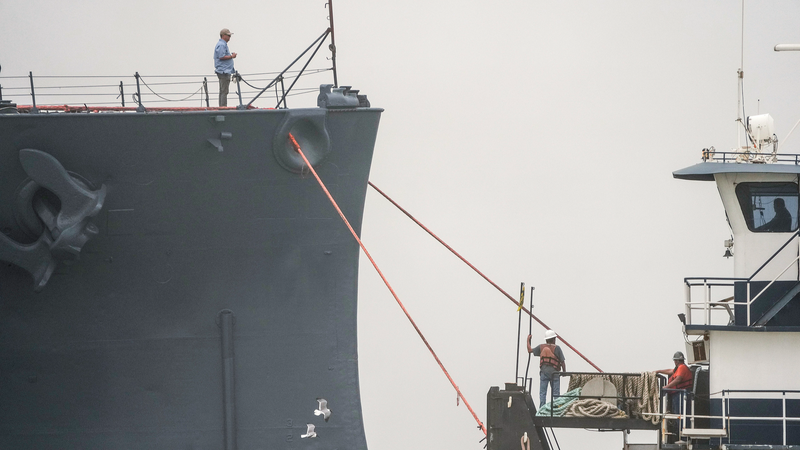On October 14, the US Customs and Border Protection rolls out new Section 301 fees of $50 per net tonne on Chinese-owned or operated vessels, a move intended to defend American industry.
But a closer look reveals a deeper issue: the US’s disappearance from global shipbuilding over the past seven decades, driven by shifting policies, skill erosion, and a focus on short-term finance over long-term capacity.
The Rise of Section 301 Fees
The US Trade Representative’s recent review under Section 301 accused the Chinese mainland of “unreasonable” practices in maritime, logistics, and shipbuilding. The fees aim to level the playing field—but do they address the root causes?
A Vanished Industry
From the 1950s to 2024, the US market share in commercial shipbuilding has shrunk to a mere 0.1%, while the Chinese mainland now commands over 53% of global output. Experts point to:
- Decades of weak industrial policy and underinvestment
- Erosion of specialized skills and training
- Financialized models that prioritized profits over production
Looking Ahead
As young global citizens, the question is no longer simply about tariffs and fees—it’s about how nations choose to build and sustain critical industries. Can the US revive its shipyards and workforce, or will Section 301 fees remain a band-aid on a much deeper wound?
Reference(s):
cgtn.com




